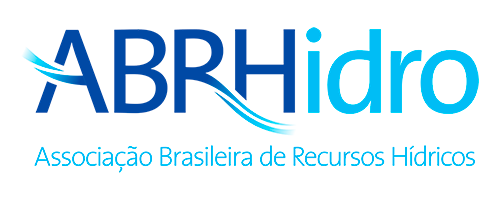9th International Symposium on Integrated Water Resources Management (IWRM) | 14th International Workshop on Statistical Hydrology (STAHY) | I EBHE - Encontro Brasileiro de Hidrologia Estatística
Data: 04/11/2024 à 07/11/2024
Local: Florianópolis-SC
Mais informações: https://www.abrhidro.org.br/iebhe
Flood Susceptibility Mapping using geographic information system and Analytical Hierarchy Process: a case study of Niger South District, Nigeria
Código
I-EBHE0018
Tema
WG 1.03: Urban Water - Urbanization phenomenon & adequate water management
Resumo
Recently, the impacts of global warming have been experienced worldwide through the aggravated level of different types of extreme events. Of all the events, flood seems to have attracted more attention from researchers in both the developed and the developing nations. Hence, a quantum number of research articles have been documented on regional studies of susceptibility assessment of flood-prone areas for appropriate mitigation actions. This study modelled the magnitude and area extent of flood in Niger South District of Niger state, Nigeria using an integrated Geographic Information System (GIS) analysis and Analytical Hierarchy Process (AHP) techniques. Six important flood causative factors (i.e., rainfall distribution, elevation, slope, drainage network, land use/land cover, and soil type) were taken into consideration for the modelling. Spatial multicriteria analysis (MCA) in GIS was used to estimate and display potential flood locations while the relative importance of the factors was compared using an AHP pairwise comparison matrix to compute the weight value of each of the factors. To produce the vulnerability map, thematic layers of the six causative factors were combined using the weighted overlay tool in GIS. The susceptibility to flooding had been mapped according to the weights of the factors and the hazard zones were classified as very high, high, moderate, low and very low. The results revealed that rainfall and elevation with respective weights of 0.39 and 0.24 had the greatest impact on flood events in the study area. The flood map showed that the very high, high, moderate, low and very low hazard zones cover a percentage area of 1.81%, 35.03, 37.53%, 25.42% and 0.21% respectively. The map shows a higher exposure to ?oods downstream towards the south-east, while the areas susceptible to low flooding are at the north-east fringe of the study area. The areas vulnerable to high ?ooding are dominated by high rainfall incidence, low elevation and large water bodies. Generally, this study provides a guide on flood assessment and can help make appropriate decisions to mitigate flood risks and lessen the associated disaster.

